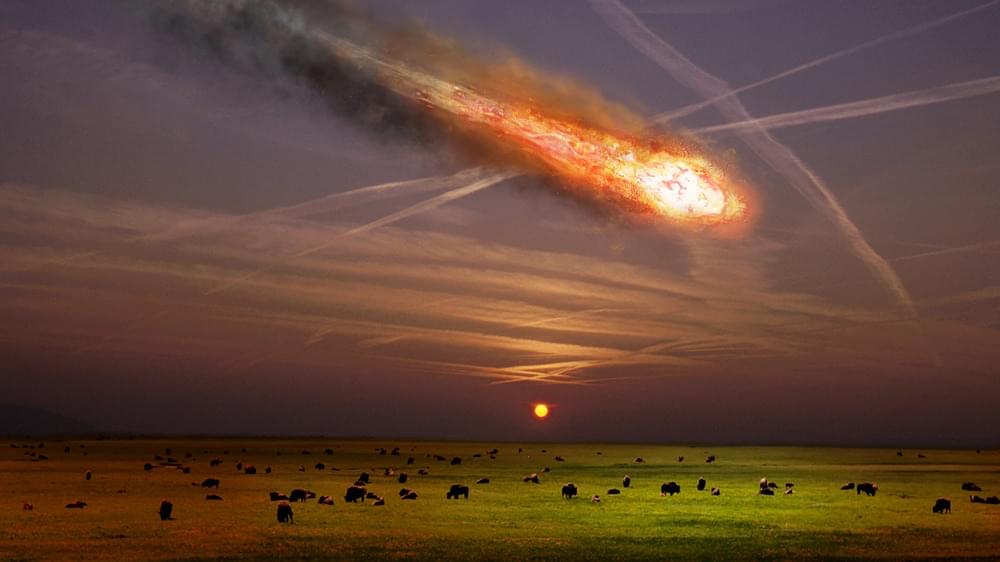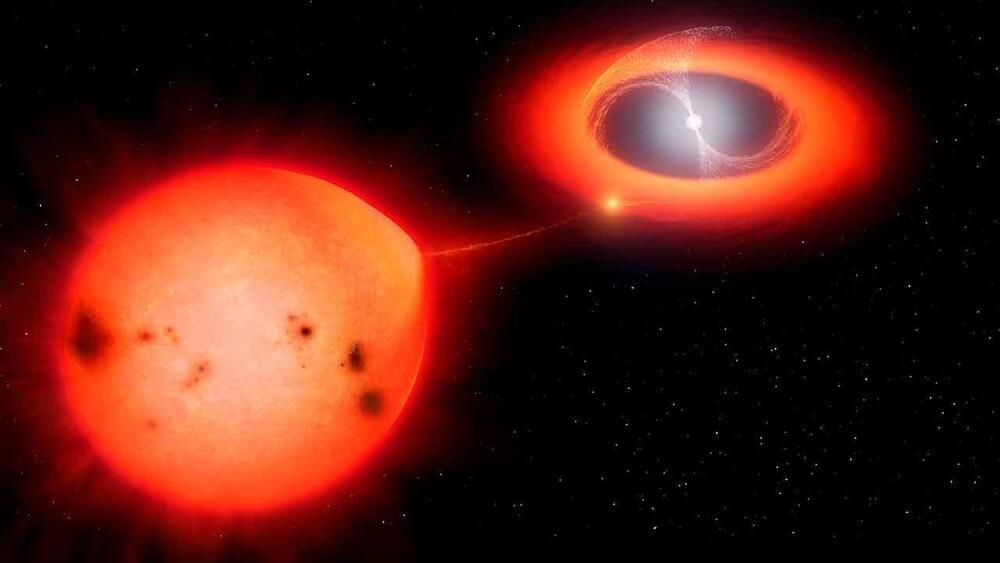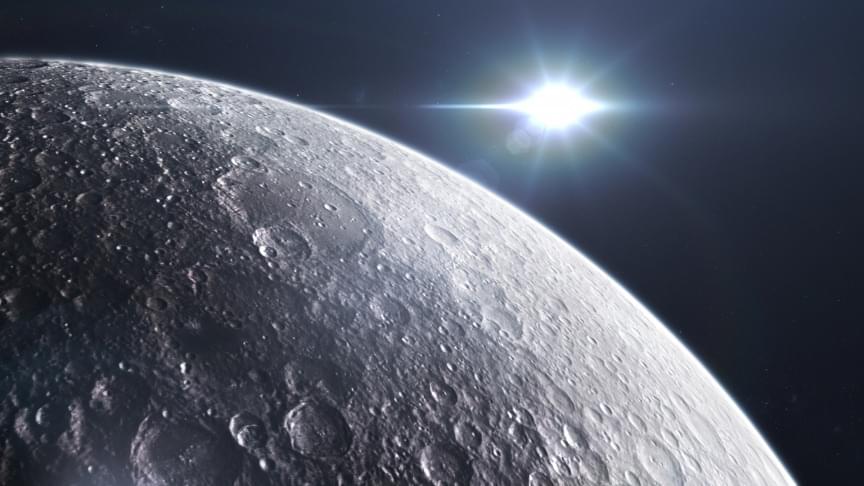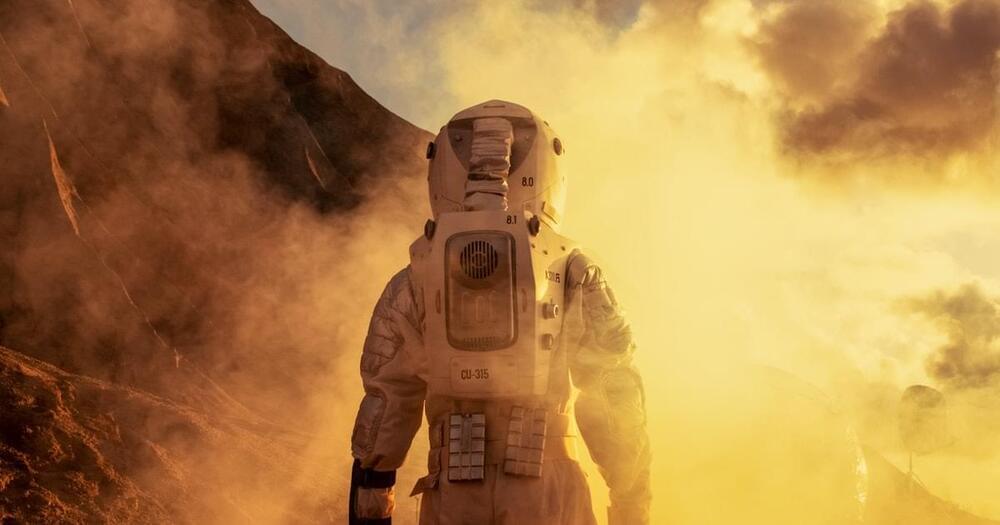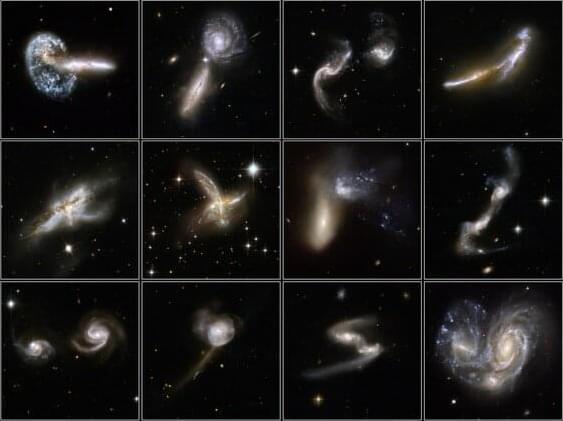Archive for the ‘space’ category: Page 370
Jun 15, 2022
A weird star produced the fastest nova on record
Posted by Shubham Ghosh Roy in categories: chemistry, energy, space
Astronomers are buzzing after observing the fastest nova ever recorded. The unusual event drew scientists’ attention to an even more unusual star. As they study it, they may find answers to not only the nova’s many baffling traits, but to larger questions about the chemistry of our solar system, the death of stars and the evolution of the universe.
The research team, led by Arizona State University Regents Professor Sumner Starrfield, Professor Charles Woodward from University of Minnesota and Research Scientist Mark Wagner from The Ohio State University, co-authored a report published today in the Research Notes of the American Astronomical Society.
A nova is a sudden explosion of bright light from a two-star system. Every nova is created by a white dwarf—the very dense leftover core of a star—and a nearby companion star. Over time, the white dwarf draws matter from its companion, which falls onto the white dwarf. The white dwarf heats this material, causing an uncontrolled reaction that releases a burst of energy. The explosion shoots the matter away at high speeds, which we observe as visible light.
Jun 15, 2022
Gaia Project Releases Richest-Ever 3D Map of the Milky Way
Posted by Shubham Ghosh Roy in category: space
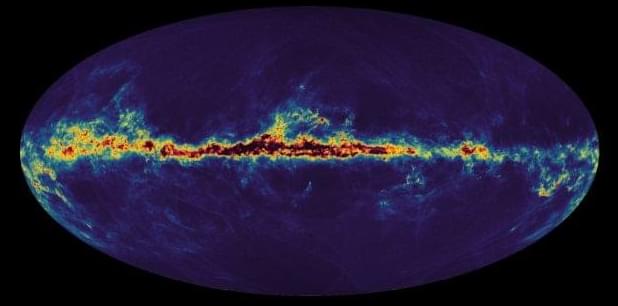
It’s the largest, richest, most in-depth, most accurate map of the Milky Way that’s ever been constructed. This sparks joy.
“Quite a large gap exists between the current narrative of AI and what it can actually do,” says Giada Pistilli, an ethicist at Hugging Face, a startup focused on language models. “This narrative provokes fear, amazement, and excitement simultaneously, but it is mainly based on lies to sell products and take advantage of the hype.”
The consequence of speculation about sentient AI, she says, is an increased willingness to make claims based on subjective impression instead of scientific rigor and proof. It distracts from “countless ethical and social justice questions” that AI systems pose. While every researcher has the freedom to research what they want, she says, “I just fear that focusing on this subject makes us forget what is happening while looking at the moon.”
What Lemoire experienced is an example of what author and futurist David Brin has called the “robot empathy crisis.” At an AI conference in San Francisco in 2017, Brin predicted that in three to five years, people would claim AI systems were sentient and insist that they had rights. Back then, he thought those appeals would come from a virtual agent that took the appearance of a woman or child to maximize human empathic response, not “some guy at Google,” he says.
Jun 15, 2022
Researchers find water traces in samples returned from the Moon
Posted by Genevieve Klien in category: space
For plans to establish a human settlement on the Moon, finding water is crucial. This data will provide insights into how to look for more on the Moon.
Jun 14, 2022
For humans on Mars, the best radiation shield may be a deceptively rustic mix
Posted by Atanas Atanasov in categories: health, space
Radiation may be the biggest threat to humans living on another planet.
To ensure astronaut health and safety, scientists are investigated several means of radiation protection. The optimal mixture is surprisingly rustic, they find.
Jun 14, 2022
A mysterious stellar nursery is breaking the model of how star systems form
Posted by Genevieve Klien in category: space
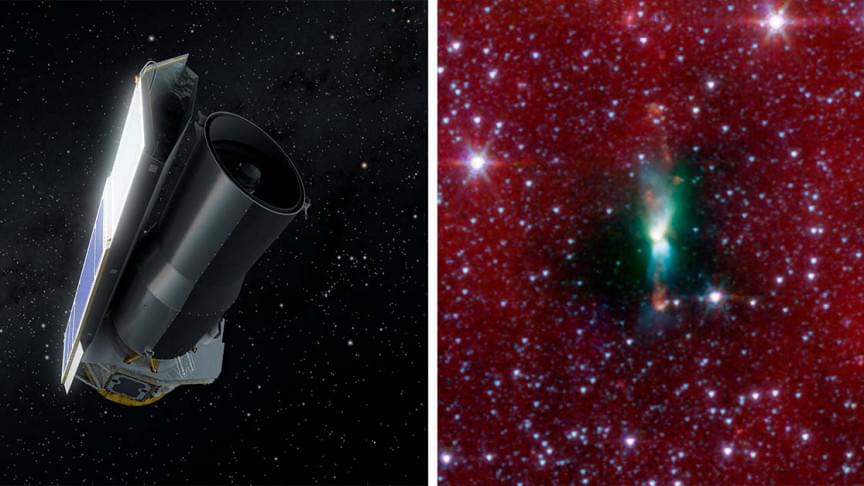
A mismatch between theories used in astronomy to model the formation of new stars in a Bok globule is changing the way we view stellar nurseries.
Jun 14, 2022
Martian Rocks Produced Bio-Friendly Gas Long Ago
Posted by Saúl Morales Rodriguéz in category: space
Iron-rich rocks in Minnesota give a proxy view into how aqueous interactions with Martian rocks could have shaped that planet’s early environment.
A unique telescope that focuses light with a slowly spinning bowl of liquid mercury instead of a solid mirror has opened its eye to the skies above India. Such telescopes have been built before, but the 4-meter-wide International Liquid Mirror Telescope (ILMT) is the first large one to be purpose-built for astronomy, at the kind of high-altitude site observers prize—the 2450-meter Devasthal Observatory in the Himalayas.
Although astronomers must satisfy themselves with only looking straight up, the $2 million instrument, built by a consortium from Belgium, Canada, and India, is much cheaper than telescopes with glass mirrors. A stone’s throw from ILMT is the 3.6-meter, steerable Devasthal Optical Telescope (DOT)—built by the same Belgian company at the same time—but for $18 million. “Simple things are often the best,” says Project Director Jean Surdej of the University of Liège. Some astronomers say liquid mirrors are the perfect technology for a giant telescope on the Moon that could see back to the time of the universe’s very first stars.
When a bowl of reflective liquid mercury is rotated, the combination of gravity and centrifugal force pushes the liquid into a perfect parabolic shape, exactly like a conventional telescope mirror—but without the expense of casting a glass mirror blank, grinding its surface into a parabola, and coating it with reflective aluminum.
Jun 13, 2022
Tracing the remnants of Andromeda’s violent history
Posted by Shubham Ghosh Roy in categories: chemistry, evolution, space
A detailed analysis of the composition and motion of more than 500 stars has revealed conclusive evidence of an ancient collision between Andromeda and a neighboring galaxy. The findings, which improve our understanding of the events that shape galaxy evolution, were presented by Carnegie’s Ivanna Escala Monday at the meeting of the American Astronomical Society.
Galaxies grow by accreting material from nearby objects—other galaxies and dense clumps of stars called globular clusters —often in the aftermath of a catastrophic crash. And these events leave behind relics in the form of stellar associations that astronomers call tidal features. This can include elongated streams or arcing shells moving around the surviving galaxy. Studying these phenomena can help us understand a galaxy’s history and the forces that shaped its appearance and makeup.
“The remnants of each crash can be identified by studying the movement of the stars and their chemical compositions. Together this information serves as a kind of fingerprint that identifies stars that joined a galaxy in a collision,” Escala explained.
